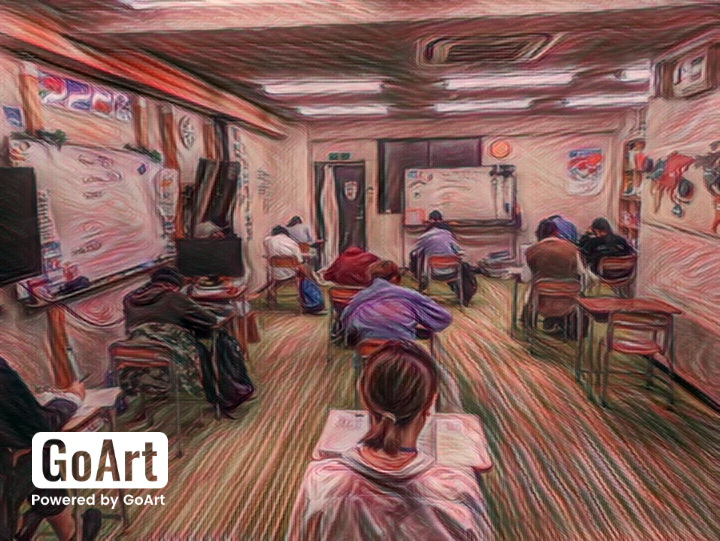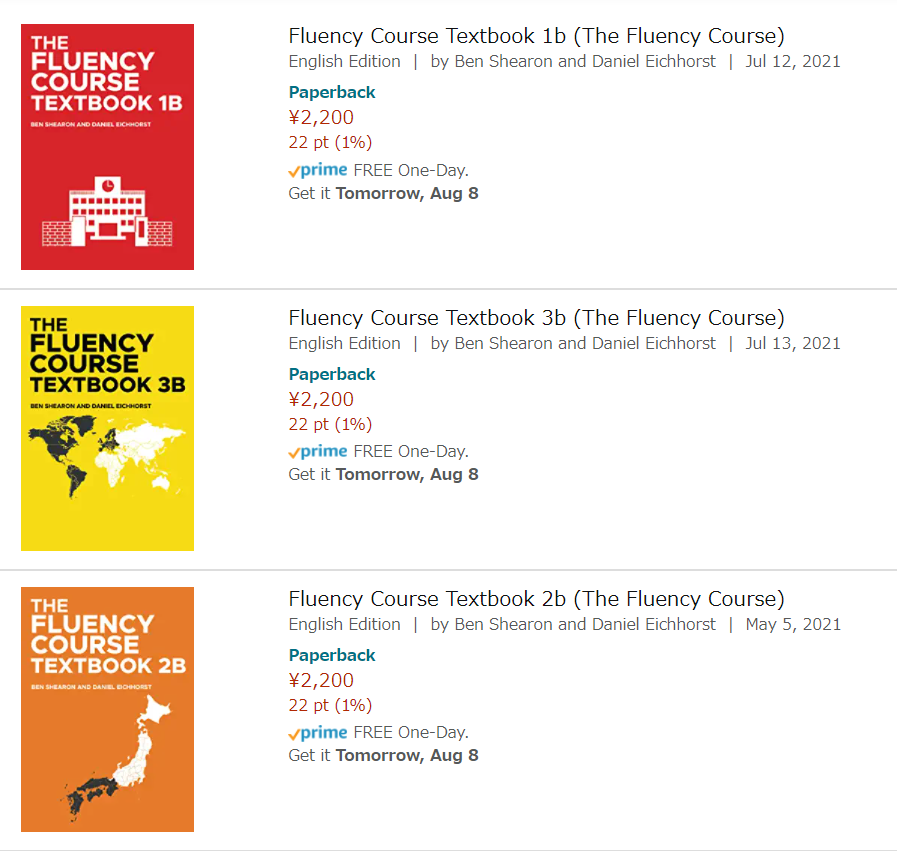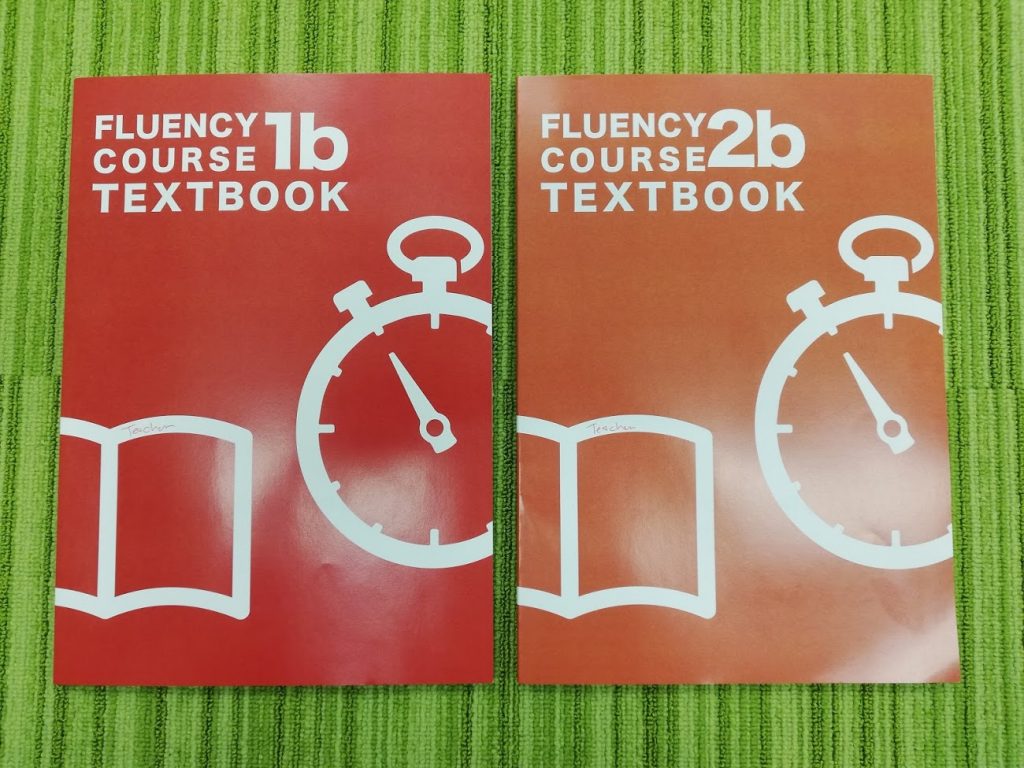Running STEP Eiken Tests as a Small School

We ran STEP Eiken tests today at our school. About 170 students took the tests, seven staff were involved in invigilating, dealing with students and parents, and it took the whole of a Sunday.
Is it worth it?
We’ve been a STEP Eiken test center for a long time now (almost 20 years?) and over that time we have made a lot of changes.
If you are a small or medium school, and you are thinking about becoming a STEP Eiken test center, then this blog post should give you some context and help you make the decision.
Financially speaking
From a financial point of view, being a STEP Eiken test center makes no sense at all. Eiken charges a lower fee to take the test at a privately run center and only pays around 100 yen per student to the venue. This doesn’t cover costs (staff, electricity, printing, etc.).
The fee to take the test at a public (Eiken-run) site is higher, which allows them to cover their costs. This pricing model is pretty unfair to the unofficial venues in my opinion and makes it unattractive to run the tests, at least from a financial point of view.
Non-financial factors
So why have we run STEP Eiken tests for almost 20 years then?
Well, there are a number of non-financial factors that make it worth it to us.
First and most important, we can provide value by offering it as a service to our students. Being able to take the test in a familiar environment, with people who can help with admin and practical issues (a number of students today forgot to bring a pencil, or didn’t know their address, or were late, and we can help) is really valuable, especially for younger children.
It gives the school an aura of importance too, providing a kind of official recognition that appeals to some parents and prospective customers.
And it can make a school seem more academic, which might be important in order to retain students as they get older and parents start eyeing switching to juku.
Things we have implemented
When we first started running STEP Eiken tests, we did them three times a year. This provided the maximum flexibility and convenience for our students, but was a huge amount of work for us.
After a while we went to twice a year, and then finally just once a year. We used to do the January session as it clashed the least with school sporting events, but some students found they didn’t get their results in time for private school applications, we we have now moved to running the test once a year in October. If students want to take the test in June or January they can go to a public test site.
At first we just had students apply to take the test when they wanted to: we didn’t teach or prepare for the test, just ran the tests on demand.
After a while we started doing special sessions to help students prepare for the speaking and writing sections: just 60-90 minutes outside of regular class time. These were very popular and, due to the very formulaic nature of the STEP Eiken writing and speaking, effective at helping students pass those sections. You can get free PDF copies of our writing practice materials here (scroll to the bottom of the page).
The most recent change has been to start doing STEP Eiken 5 with all our elementary fifth grade students. We do a couple of practice questions every week April to October, and then a practice test in class the week before the real one. In 2022 every single one of our fifth graders passed the test, which was nice for us and very motivating for them (STEP Eiken 5 is designed to be taken by JHS1 students at the end of the year).
Sixth grade students take the STEP Eiken 4 test if they passed level 5, and level 5 if they haven’t passed it yet. They practice in class in the same way, doing practice questions from April to October and a practice test.
Final thoughts
I’m not a big fan of STEP Eiken. I think it has a lot of problems, and I am not very impressed with the company that runs it. If there were a good alternative to it I could be very keen to change.
But in terms of recognition, price, convenience, and usefulness, STEP Eiken is currently hard to beat for elementary, junior high, and even senior high school students.
Students, parents, and schools are aware of the tests, want to pass them, and use them for school entrance purposes. We have found it useful and valuable to run the tests at our school, and will likely continue doing so in the future.
(we also run the JAPEC, Junior UN Eiken, TOEFL ITP, Eiken IBA, and TOEIC tests at our school)
How about you? Do you run STEP Eiken or other eiken tests at your school? Any comments or questions?
Academy curriculum EFL eikaiwa JHS junior high school language courses materials publishing textbooks
by sendaiben
leave a comment
The Fluency Course 2022
Is finally available on Amazon

I can’t believe this day is finally here. After six(?) years of writing, testing, re-writing, and figuring out how to publish and sell it without driving ourselves and our staff crazy, the B versions of all our textbooks are now available on Amazon in their final form.
Incredibly, we’ve made a lot of improvements to this latest (final?) version. We added a dictation activity to the first year books, made a simple change to the second year writing practice that should make a big difference to student results, and transformed the third year textbook.
I think our current users are going to be very pleasantly surprised, and new ones will just think the books were this good from the beginning 😉
We use the B books from October with our students, so we’ll have all the free supplementary stuff up on the Fluency Course website before then.
We’re also hoping to have the final versions of the A books up on Amazon/our site by the end of the summer, at which point I’m going to take my writing partner for a nice meal and we’re going to take a week or so off.
Would be really grateful for any help you could give us with promoting the course, telling people about it, leaving Amazon reviews, etc.
Please let me know if you have any questions! For people buying the course for their students, I would be happy to jump on a Zoom call to answer your questions or run you through how we use the books.
Academy curriculum junior high school materials publishing textbooks
by sendaiben
1 comment
Fluency Course Website
Finally
We finally have a dedicated website for the Fluency Course materials. It’s very embrionic at the moment, but eventually will have digital samples from all the books, teacher guides, order forms, etc.
I will still post updates here and write about how we are running our Academy classes, etc. but for the latest information about the Fluency Course textbooks please go to our website.
curriculum junior high school language courses materials textbooks
by sendaiben
leave a comment
Fluency Course 2021 ed.
It has evolved again
I am once again here to explain how our materials are evolving without being able to provide a firm date you will be able to order them, prices, or any other useful information.
The good news is that the latest evolution has made them much more user-friendly and more commercially viable.
The bad news is that we are unlikely to have them ready for people to order before March.
As we discussed in September last year (September? Really? Feels like several years ago), we were able to consolidate the speaking cards into worksheets and thus remove a hugely time-consuming and expensive constraint. After using the worksheets for several months, I can happily say they are just as good as the index cards were, and much more user-friendly.
However, five textbooks per year, plus a bunch of extra things that would need to be downloaded/printed, was not ideal.
So now we have managed to consolidate the components even more, and will end up with the following for each level:
Fluency Course 1 (aimed at JHS 1st years or 2nd years)
Textbook 1a (units 1-24) 230 pages
Textbook 1b (units 25-48) 230 pages
Workbook 1 (units 1-48) 100 pages
All components are incorporated into the textbook now.
Fluency Course 2 (aimed at JHS 2nd years or 3rd years)
Textbook 2a (units 1-24) 200+ pages
Textbook 2b (units 25-48) 200+ pages
Workbook 2 (units 1-48) 100 pages
All components are incorporated into the textbook now.
Fluency Course 3 (aimed at JHS 3rd years or high school students)
Textbook 3a (units 1-24) 200+ pages
Textbook 3b (units 25-48) 200+ pages
All components are incorporated into the textbook now.
I know it has been a long wait, but the materials have definitely improved in the latest iteration so hopefully it will be worth it. There should be samples available this year, and some small orders may be possible.
Academy curriculum junior high school language courses textbooks
by sendaiben
leave a comment
Textbook 1b and 2b
One Step Closer

Just got the prototypes back from the printer. A few small typos, but good enough for now!